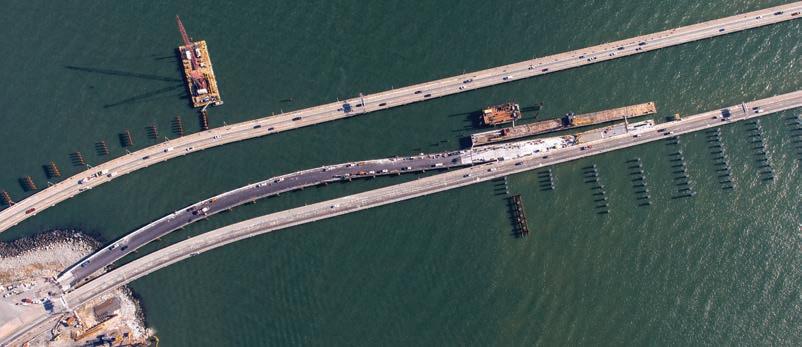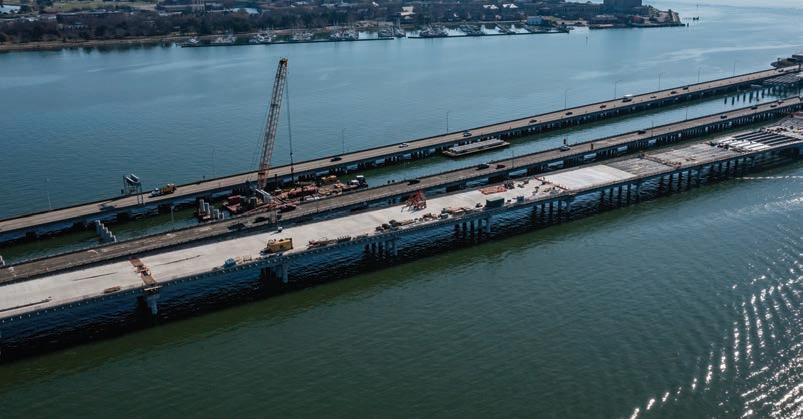
1 minute read
Temporary Trestles Enable Permanent Progress
The Hampton Roads Bridge-Tunnel is a critical gateway to South Hampton Roads, with as many as 100,000 motorists using the facility daily during peak summer months. The Virginia Department of Transportation (VDOT) understands the importance of maintaining this essential travel route during construction.
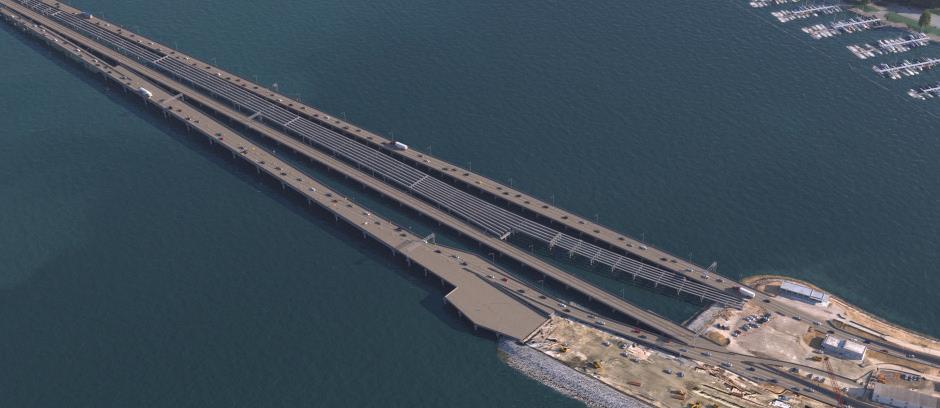
Advertisement
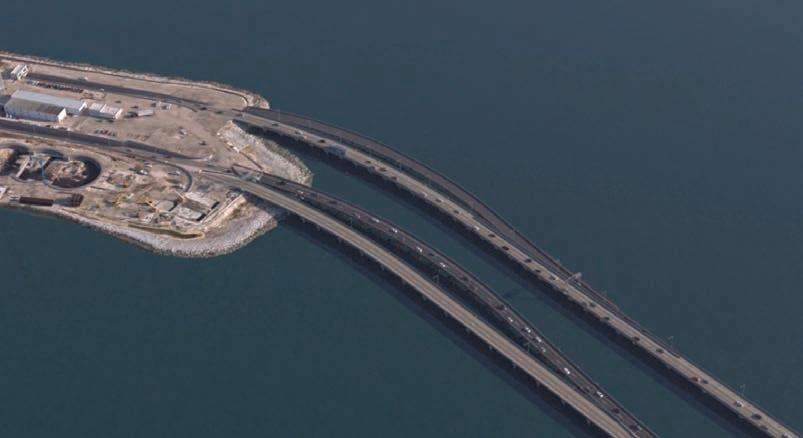
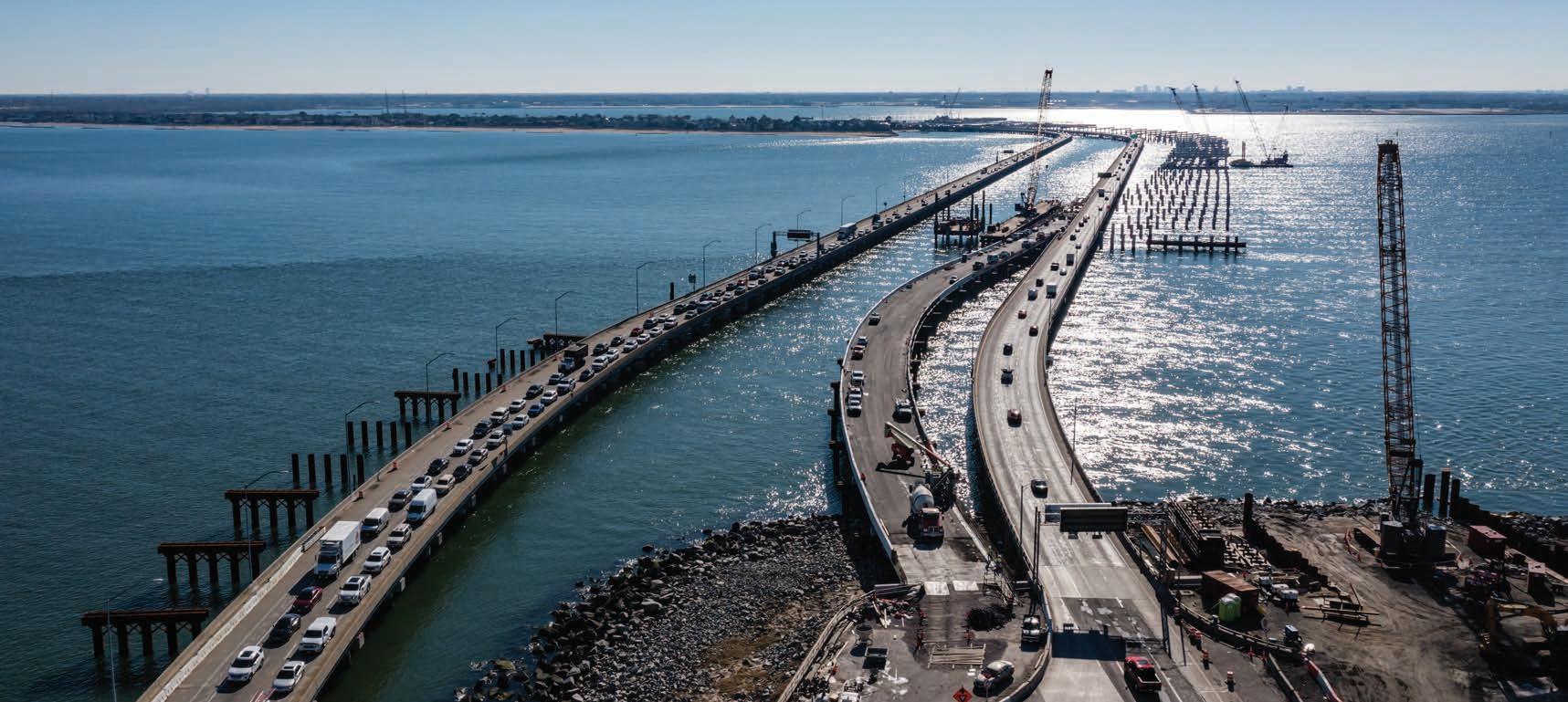
One of the challenges of this project was the requirement to construct the entire project within the existing VDOT rightof-way. The project team was careful and deliberate as they planned the sequence and location of the work, always recognizing that it was critical to minimize impacts to residents and motorists.
Over the water, the team identified three temporary bridges that would be necessary to allow the work to proceed and the new structures to be completed. Without these temporary structures, it would be impossible to maintain traffic while demolishing the existing bridges and constructing the new ones. In a complex choreographed dance, traffic is shifted from permanent to temporary and finally back to permanent bridges.
Sequence Of Construction
Many have noticed that the temporary bridges have steel piles instead of concrete piles driven into the seabed. Steel piles provide the necessary support for the bridges and – topped with pile caps, girders and bridge deck –function just like a permanent structure. However, steel piles are typically not used for permanent structures because steel is more susceptible to saltwater over a long period of time. Since the temporary bridges will be in place for only a few years, the steel piles will make it easier for the temporary bridges to be removed after traffic is shifted to the new permanent structures.
While it may not be intuitive to build and remove temporary bridges, the ability to keep traffic moving during construction far outweighs the cost. The ingenuity and complexity of this phased construction approach will keep Virginia moving throughout the HRBT Expansion.
